Discover insights, tips, and stories from the skies — from aircraft buying guides to pilot training.
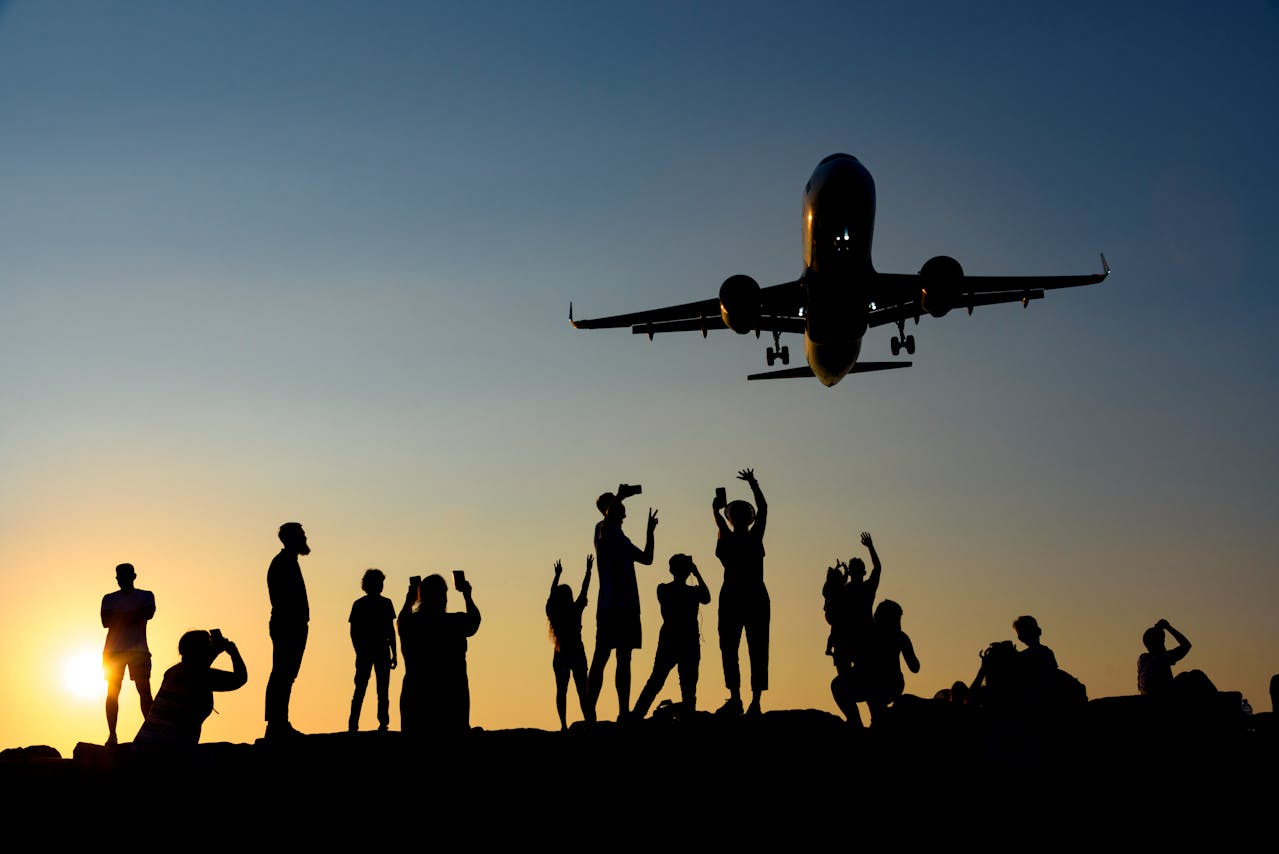
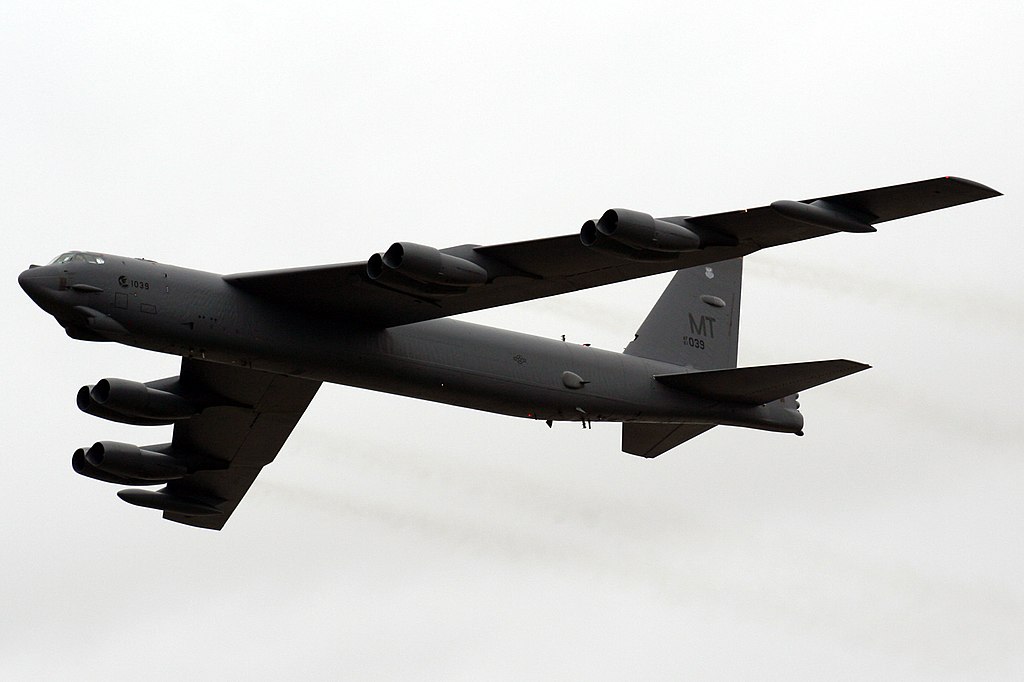
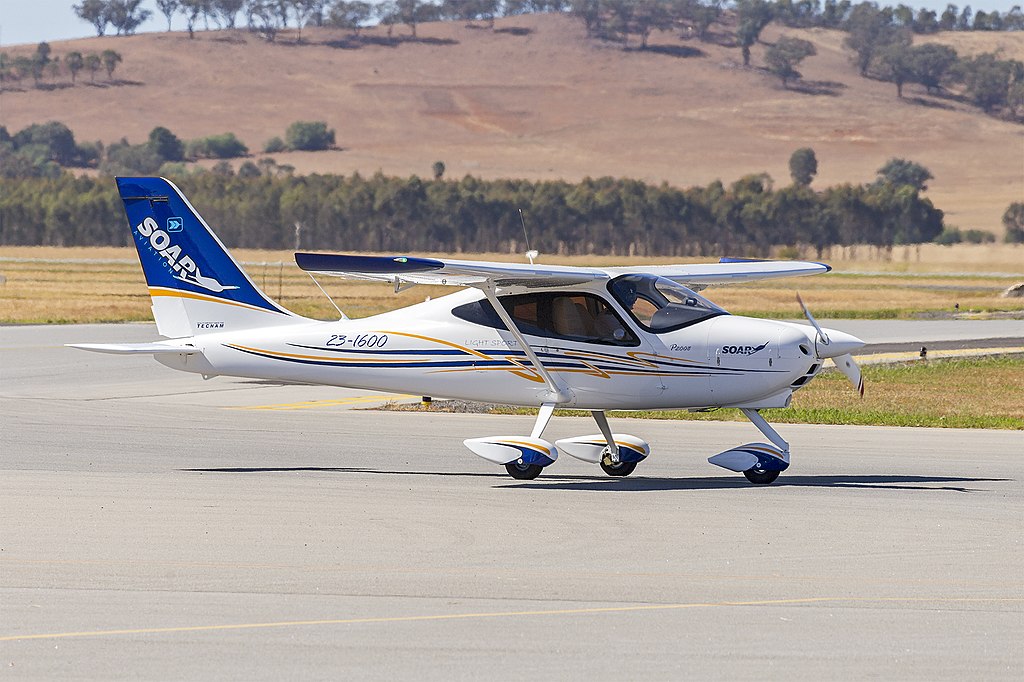
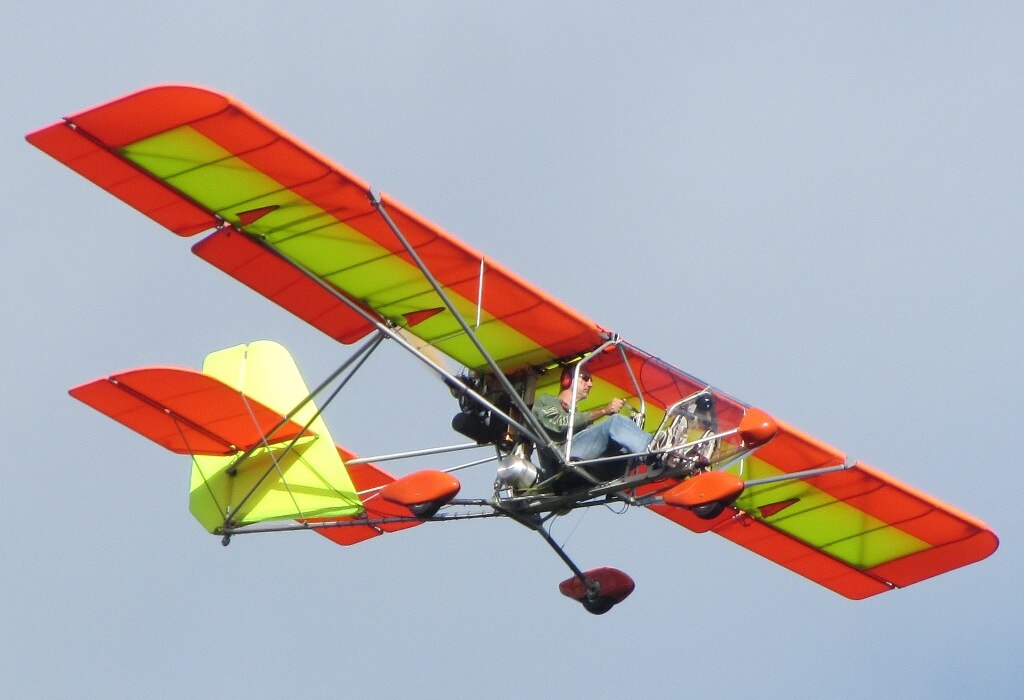
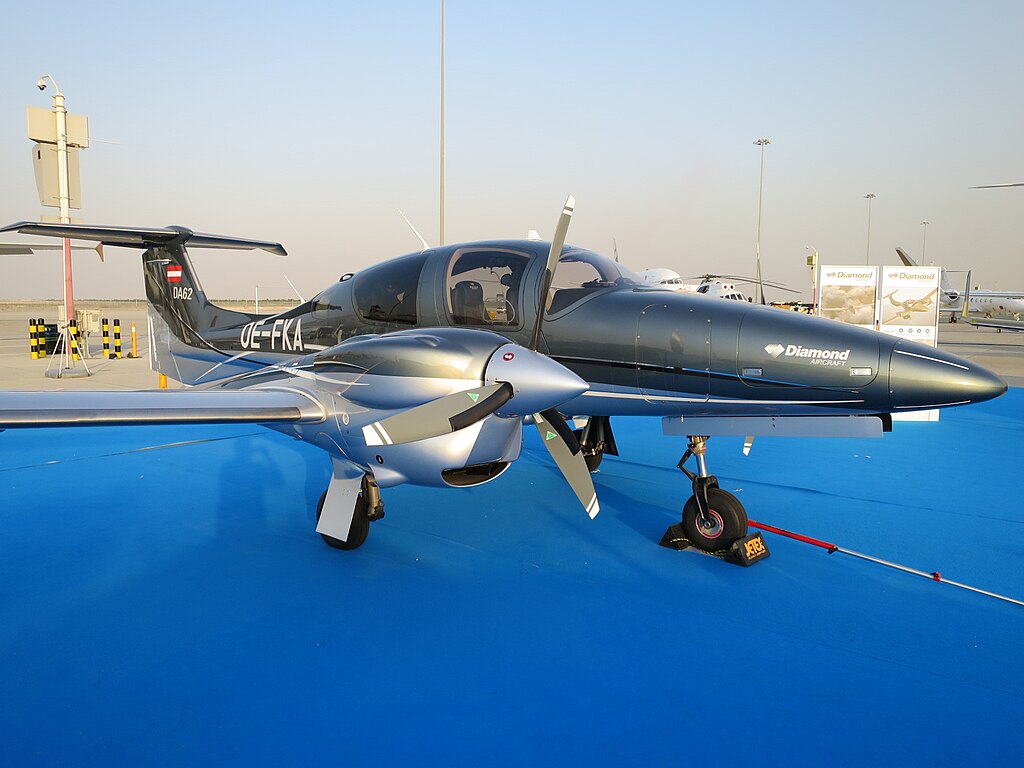

Published: August 30, 2025
Landing is often the most demanding moment in any flight. The speed, the angle, the exact timing—everything must be right. Some planes make this even tougher.
From huge passenger jets to fast-moving military aircraft, each has its own challenges. Some need special support vehicles.
Others give the pilot only a small view from the cockpit. A few can surprise even seasoned crews with their unique handling.
The hardest planes to land are the ones that test skill, focus, and quick decision-making. Let’s start by understanding what makes an aircraft to land so challenging.
Several factors decide how easy or hard a landing will be. The shape of the aircraft, its speed, and even the air around it all play a role. Here’s a closer look:
All of these challenges mean that even experienced crews must respect the process. When you look at the hardest plane to land, it’s usually the one that combines several of these factors at once.
Technology helps, but human skill is still the key to a safe touchdown. The pilot’s training, judgment, and ability to stay calm under pressure decide how well the aircraft meets the runway.
Even the most advanced systems can’t replace a trained hand at the controls. Many of the hardest to land planes demand complete focus from approach to touchdown.
Modern systems have made landings safer, but they haven’t removed the challenges. Automation helps, but pilots still need to be ready to take over at any moment.
Technology is a tool, not a replacement for human decision-making. Some of the hardest plane designs to land remain difficult because their speed, mission, or size make the final approach unforgiving.
Some planes are known for being easy to handle, while others, like the hardest commercial aircrafts to fly, are famous for pushing even the best pilots to their limits.
In aviation history, certain models have earned a reputation for being difficult to land. They might have unusual shapes, high approach speeds, or control quirks that make them a true challenge for pilots.
Let’s take a closer look at the seven hardest planes to land that stand out and why they test skill, patience, and precision.
| Aircraft | Why It’s Challenging to Land | Key Landing Factors | Extra Notes |
| Lockheed U-2 “Dragon Lady” | Extremely long, narrow wings create extra lift and make descent hard to control; limited cockpit visibility makes it tough to judge height and runway alignment | - High landing speed despite glider-like float - Narrow landing gear requires perfect balance - Chase car used to guide U-2 pilot | Built for high-altitude reconnaissance; famous for being challenging to land even for experts |
| Vought F4U Corsair | Long nose blocks view during approach; stiff landing gear causes bounces; strong engine torque can swing plane off center | - Carrier landings especially hard for new pilots - High approach power needed for control - High accident rate in training | Legendary WWII fighter; remained difficult to control despite combat success |
| North American F-86 Sabre | Swept wings reduce lift at low speeds; needs high power to prevent stall; narrow gear makes it unstable after touchdown | - Demands precise power control - Sensitive to speed drop - Required constant attention in approach | Korean War-era jet; powerful and fast but difficult to fly slowly |
| Lockheed P-38 Lightning | Twin-engine design can cause asymmetric thrust; high approach speed leaves little margin for error | - Managing two throttles critical - Sudden engine loss can cause roll - Heavy control load on landing | Iconic WWII fighter; skilled handling needed to avoid stalls or veers |
| Lockheed F-117 Nighthawk | Angular stealth design causes unstable low-speed handling; relies heavily on computers | - Higher approach speeds than similar jets - Low aerodynamic stability - Hard night landings during missions | Stealth bomber; advanced tech but difficult to control without automation |
| Grumman A-6 Intruder | Designed for attack aircraft carrier missions in bad weather; heavy payload changes landing behavior | - Precision needed for moving carrier deck - Approach speeds vary with weight - Low visibility cockpit | Naval jet; known for landing in tough conditions at sea |
| McDonnell Douglas F-4 Phantom II | High approach speeds reduce reaction time; nose-up tendency at slow speeds | - Exact throttle control essential - Bouncy landings can damage gear - Demanding carrier landings | Cold War fighter aircraft; fast and powerful but difficult to land |
The U-2 is one of the most famous examples of a difficult aircraft to bring down safely. Built for high-altitude reconnaissance, it has extremely long, narrow wings. These wings help it fly at great heights but make it float like a glider during landing. This means its landing speed is tricky to judge.
Even after a perfect takeoff, landing the U-2 demands patience, precision, and teamwork.
The Corsair was a World War II fighter that served on aircraft carriers and in land-based roles. It was powerful and fast, but its long nose made carrier landings very difficult.
The Corsair’s tough handling didn’t stop it from becoming a feared combat plane, but its landings were never easy.
The F-86 jet was a Korean War-era fighter that brought swept-wing technology into combat. While it was a joy to fly at high speed, slowing it down for landing was another story.
Even skilled fighter pilots had to respect its quirks when returning to base.
The Lockheed P-38 Lightning had twin booms and a central cockpit pod. Its unique design gave it speed and firepower, but landings could be unforgiving.
The P-38’s performance in combat was legendary, but coming back down safely kept pilots alert.
The Lockheed F-117 Nighthawk was the first operational stealth jet. It had a faceted, angular design to deflect radar waves, but those same features made it a difficult to fly aircraft in normal conditions.
It was a marvel of technology, but its landings showed that stealth sometimes comes at the cost of easy handling.
The A-6 was a difficult aircraft for another reason: it was designed as an attack aircraft for carrier operations. Its job was to carry heavy payload loads into hostile environments and return to moving decks in all weather.
Its mission demands meant that even small mistakes could have big consequences.
The F-4 Phantom II was a multi-role jet used by many countries. It could serve as a fighter aircraft, bomber, or reconnaissance platform. While powerful, it had some traits that made it challenging to land.
Even though it was an icon of the Cold War, every landing in the F-4 required skill and focus.
These seven aircraft each presented a unique set of problems. Some had aerodynamic quirks, others had visibility issues, and a few combined both. They show that even with experience, a pilot’s work doesn’t end after takeoff—the real test often comes when it’s time to return to the ground.
Landing will always be one of the most demanding parts of flight. Some planes, by their design or mission, make it even more challenging. From sleek fighter jets to heavy passenger planes, each demands skill, focus, and respect.
Knowing what makes a landing tough gives us a new appreciation for the crews who master it.
If you love learning about aviation and want more stories like this, check out Flying411 for your next deep plunge into the skies.
A mix of speed, weight, design, and weather can make landings difficult. High stall speed and poor visibility are common challenges.
Usually, yes. Bigger planes need more distance to slow down safely, especially when carrying heavy payloads.
No. Autopilot can help in certain conditions, but pilots often need to land manually in rough weather or emergencies.
They push the plane sideways during approach. Pilots must adjust carefully to avoid veering off the runway.
Often, yes. Military planes may land faster, on shorter runways, or in combat zones, making them more challenging.